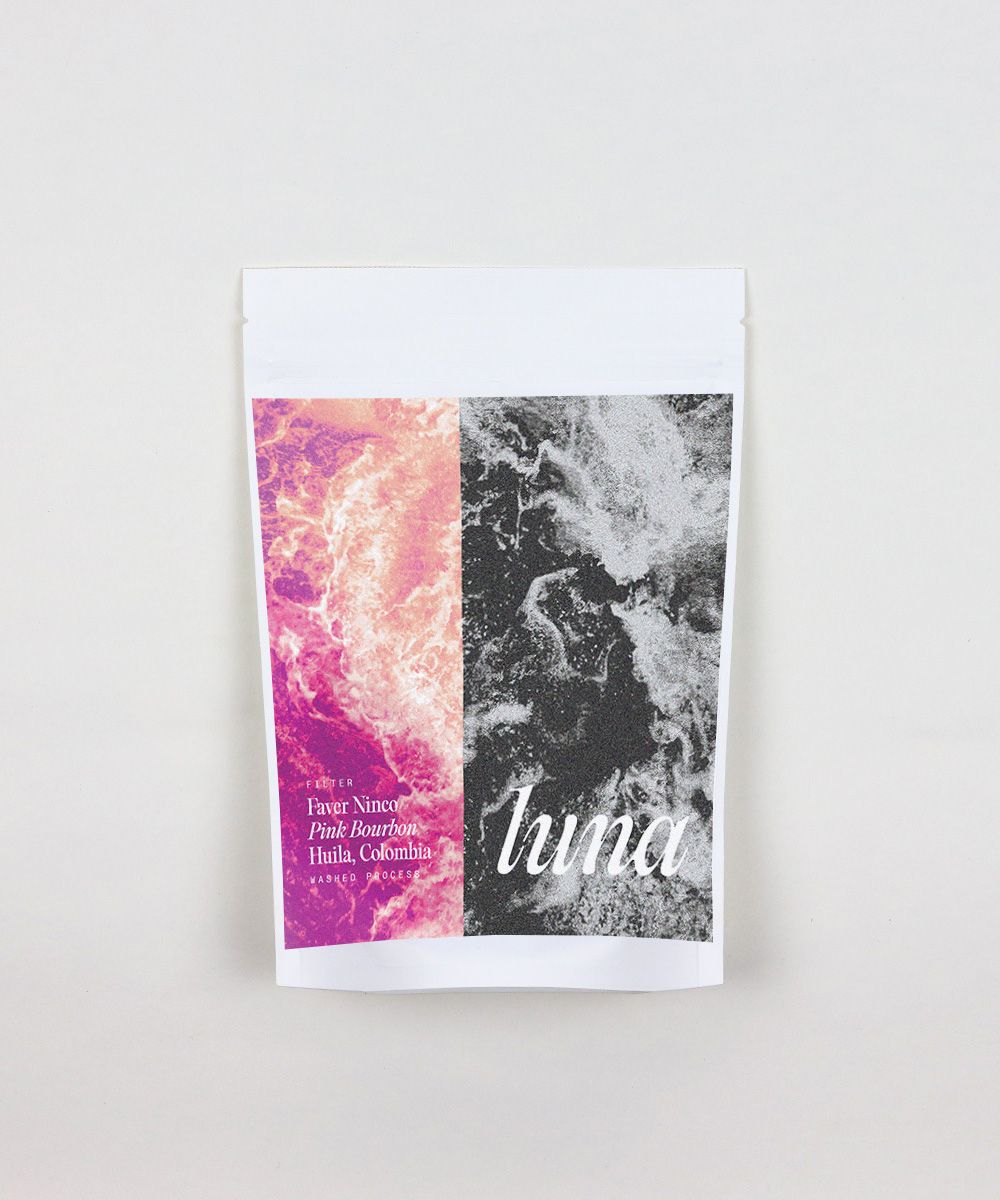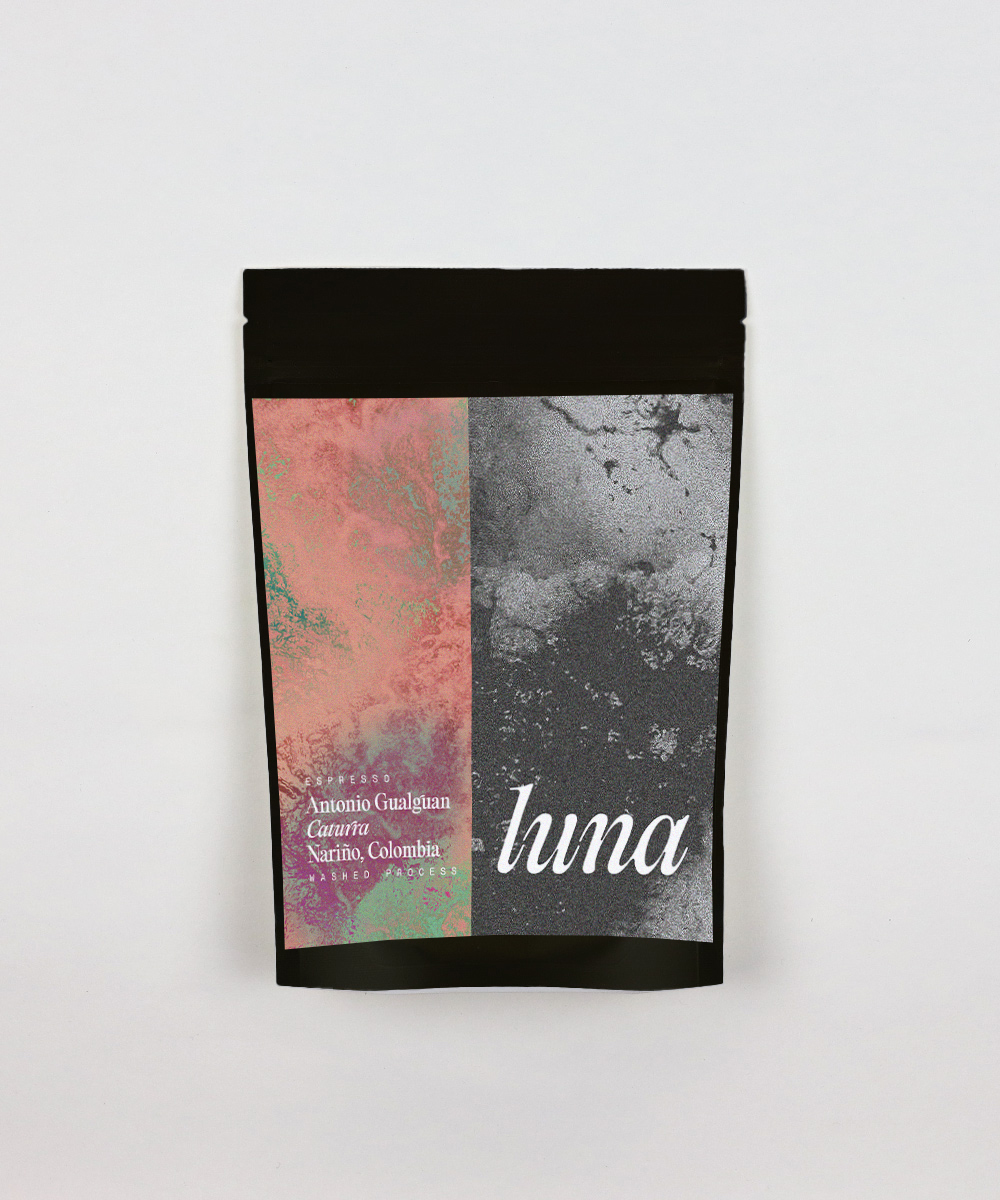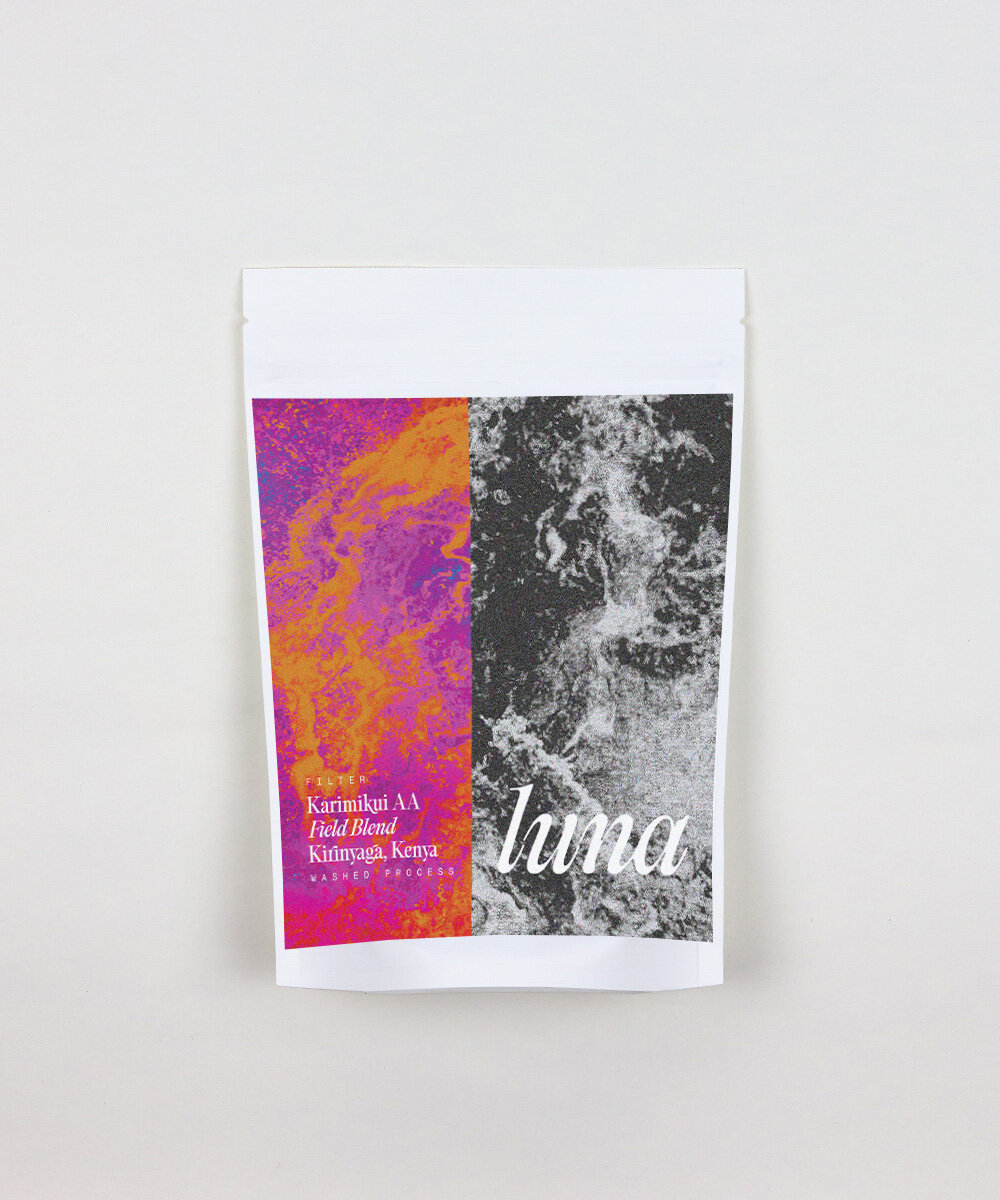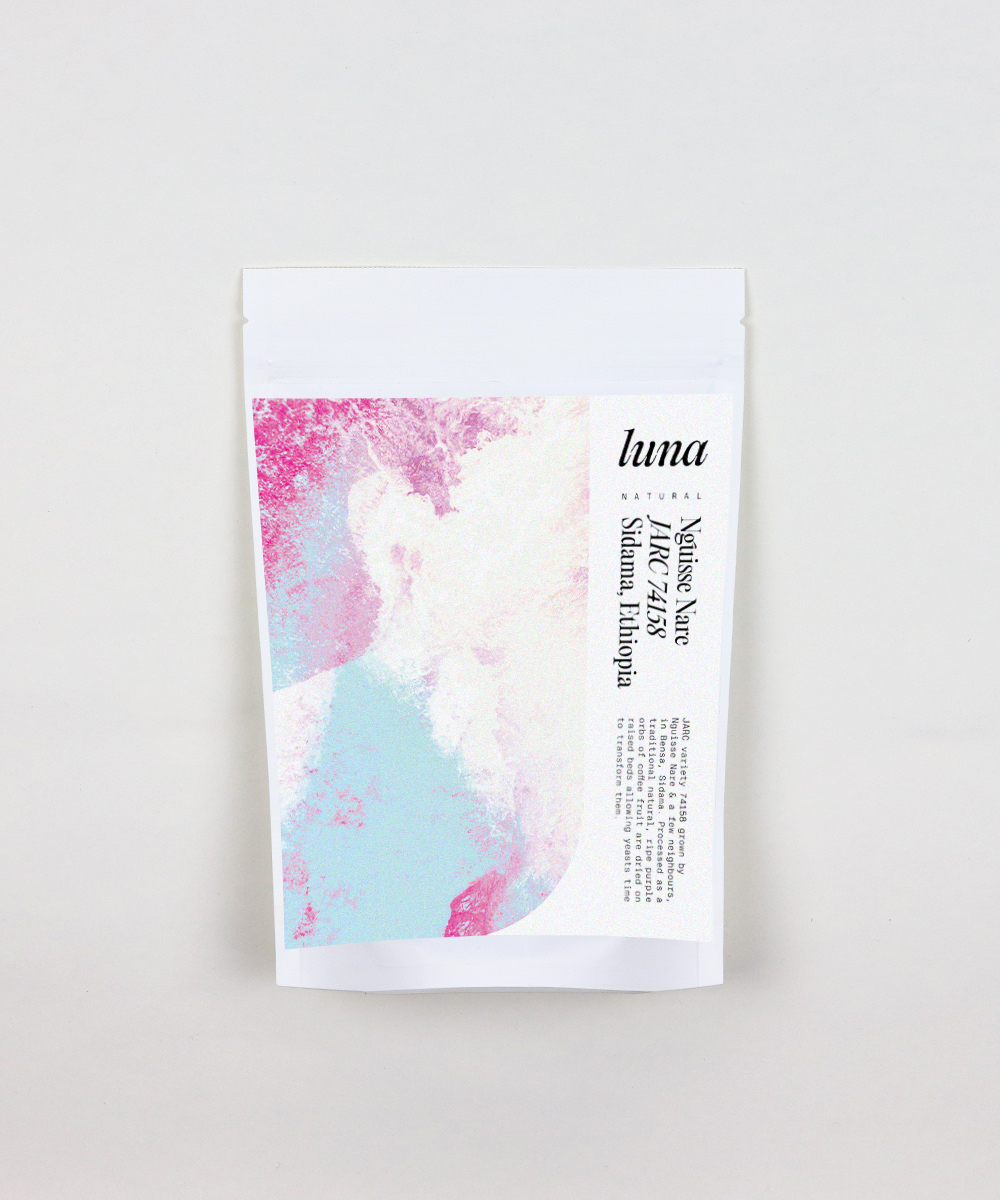Juicebox Series – Ichamama AA from Nyeri, Kenya
US$0.00
Producers: smallholders from Nyeri County who deliver cherry to Ichamama washing station
Origin: Nyeri, Kenya
Varieties: SL28, SL34, Ruiru 11, Batian
Processing: Washed
Harvest: Dec 2021 – Jan 2022
Pomegranate, bing cherry & herbal rosehip complexity totally describes this predominantly SL28 cultivar, grown by smallholders who are part of Othaya co-op’s Ichamama washing station in Nyeri, Kenya.
Meticulous processing and drying is what Ichamama producers are known for – following a proven technique where the freshly fermented and washed parchment goes for a final soak for 24hrs before being carefully dried.
With blackcurrant, bing cherry with a welcome & delicate eucalyptus complexity, this predominantly SL28 cultivar is grown by smallholders who are part of Othaya co-op’s Ichamama washing station in Nyeri, Kenya.
First, the fruit floats intact before pulping, then fermented for 72 hours. Next, the parchment coffee is washed, then soaked in clean water for 16-24 hours. Finally, the parchment is dried on raised beds under shade initially, while it loses the first bulk of its water weight before being dried to completion in full sun.
Varieties
Made up by mostly SL28 and SL34, but with likely some Batian and Ruiru 11 in there too as the coffee is made up of cherry grown by many members of the Othaya FCS, who could be growing any of these 4 varieties.
SL28 is among the most well-known and well-regarded varieties of Africa and of course, Kenya. Originally selected at the former Scott Agricultural Laboratories (now the National Agricultural Laboratories, in Kiambu County, Kenya). Individual tree selections made at the Scott Laboratories during the 1935-1939 period were prefixed SL for Scott Labs. Fourty-two trees of various origins were selected and studied for yield, quality, drought and disease resistance. One of the selections came from a single tree in a cluster of coffees growing in what is now Tanzania. This was a variety of Bourbon that has ties to Brazil, before being brought to Tanzania and selected for breeding in 1931. According to historical documents, the senior coffee officer of Scott Labs noticed a variety growing in the Moduli district (Arusha, Tanzania) that appeared to be tolerant to drought, diseases and pests. Seed was collected and brought back to Scott Laboratories, where its drought resistance was confirmed. It was widely distributed and became known as SL28 – now one of specialty coffee’s most beloved varieties for its excellent cup quality.
SL34 is a selection from Scott Laboratories originally from the late 1930’s, more precisely, from a single tree on the Loresho Estate in Kabete, Kenya. Up until a few years ago, it was widely believed in the coffee industry that this was a selection of Bourbon. With genetic testing, however, it shares it’s lineage with the Typica genetic group.
Ruiru 11 was created out of panic around a coffee berry disease epidemic in 1968 that led to the loss of half of Kenya’s production that year. The following decade was the focus of an intensive breeding program to cultivate something disease tolerant, which led to the stocky compact Ruiru 11, which is an Fl hybrid. Since this one relies on hand pollination, it’s not easy to meet the demand for seedstock.
Batian, the new kid on the block, was first cultivated in 2010-11 is tall with pretty huge beans and is a composite variety, meaning it is comprised of many varieties in its lineage, making it a sort of super hybrid. With SL28, SL34, Rume Sudan, N39, K7, SL4 and Timor Hybrid – This one’s known to be tasty and higher yielding.
Processing
Only the ripest cherries are delivered, and additional hand sorting and floating is done to remove less dense and damaged fruit before the coffee is depulped, fermented, and washed.
After the coffee is washed, it’s soaked in fresh water for long periods – This process is often called Double Washed or Kenya process, and contributes to the quality through equalizing the seeds moisture before going to the drying tables.
The lot is dried for two weeks on raised beds, which are carefully constructed to ensure proper air circulation and temperature control for optimal drying. When the coffee is milled for export, the green beans are sorted by screen size and graded according to size and shape. Larger beans (17/18 screen) are labelled AA (like this one from Ichamama), 15/16 screen are labelled AB, and the round peaberry are labelled PB, there are also other grades that you don’t often see exported.
Water
We brew all our coffees with municipal water that flows from our taps in Metro Vancouver. This municipal source is very soft, low ppm water (less than 30 TDS)
There are many alternative water recipes out there that will produce tasty cups if your water from the tap isn’t giving you good results. A good place to start is 1/2 strength Third Wave Water of around 60-70ppm (0.16g.-0.2g./L of TWW powder).
Brewing
We make an effort to taste our coffees in a variety of ways, but mostly use cupping, V60, and Kalita 155 brews as our main ways of quality control and dialling in roast profiles. Our filter recipes can be found in our Journal here:
Espresso
We have an open-minded and flexible perspective on brewing coffee and believe that there should be numerous ways to make a tasty cup. While we are focussed on filter brewing and find it to be our personal preference, there’s no rules that limit you to exploring these as espresso too. Since they’re all roasted for filter coffee expect shots that are lighter in body and brighter in acidity that your typical espresso profile.




